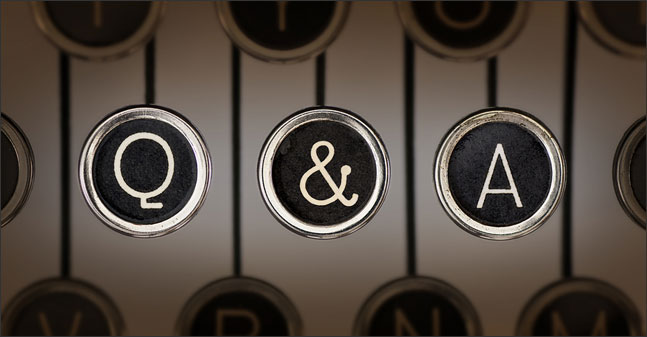[1] What is the general system requirements of alternator?
For the generation of emf, there should be two basic systems.
(i) magnetic field system to produce the magnetic field
(ii) Armature system which houses the conductors on which the EMF is to be induced.
[2] Will the alternators have rotating armature system or stationary armature system?
Generally in alternators, the armature is stationary and the field rotates. Small low-voltage alternators often have a rotating armature and a stationary field winding.But in large alternators rotating armature field type is used.
[3] What are the advantages of stationary armature and rotating field system?
(i) The stationary armature coils can be insulated easily.
(ii) Higher peripheral speed can be achieved in the rotor.
(iii) Cooling of the winding is more efficient.
(iv) Only two slip rings are required to give DC supply to the field system
(v) Output current can be easily supplied to the load circuit. Slip-rings and brushes are not necessary.
[4] What is meant by stator? What is meant by rotor?
In any electrical machine ( AC/DC motor or generator) the stationary member is called as stator. Similarly in all machines the rotating member is known as rotor.
[5] What are the advantages of three phase motor over single phase motor?
Three phase motors are having
(i) Higher starting torques
(ii) Improved speed regulation
(iii) Less vibration
( iv) Quieter operation
compared to the single phase motors.
[6] What is basic principle of operation of alternators/DC generators?
They are working on the fundamental principle based on Faraday’s Laws of Electromagnetic Induction.
This law states that, When a current carrying conductor moves in magnetic field, it induces an EMF.
[7] How to minimize the eddy current losses?
When the core is laminated and insulated from each other with paper or varnish the eddy current loss is minimized.
[8] What is meant by turbo alternators?
Turbo alternators are high speed alternators. Because of high speed of rotation, the rotor diameter is reduced and the axial length is increased. Two or four poles are generally used and steam turbines are used as prime movers.
[9] What are the various types of rotors used in the alternators?
(i) Salient pole rotor
(ii) Non- salient pole rotor or Cylindrical rotor
[10] Define Pole Pitch.
The distance between the centres of two adjacent poles is called pole pitch. One pole pitch is equals to 180 electrical degrees. It is also defined as the number of slots per pole.
[11] Define coil span.
The distance between the two coil sides of a coil is called as coil span. It may be expressed in electrical degrees or in number of slots.
[12] What is meant by full pitched winding?
If the coil span is equal to pole pitch, the winding is called as full pitched winding.
[13] What is meant by short pitched winding?
If the coil span is less than the pole pitch, the winding is called as shot-pitched winding. It is also known as short-chorded winding.
[14] What are the advantages and disadvantages of short-pitched winding?
The advantages are
1. They save copper for end connections
2. They improve the waveform of the generated EMF.
3. The generated EMF can be made to approximate to a sine wave more easily and the distorting harmonics can be reduced.
The disadvantages are
1. The total voltage around the coils is some what reduced. Because the voltage induced in the two coil sides are slightly out of phase.
Also Read: Power Electronics Interview Questions










